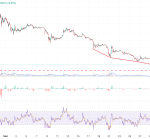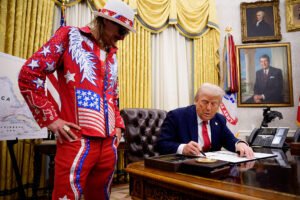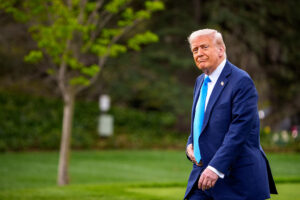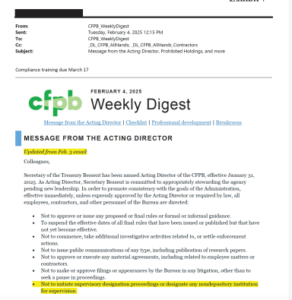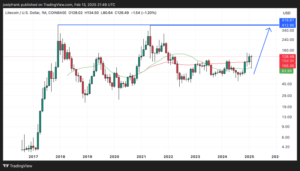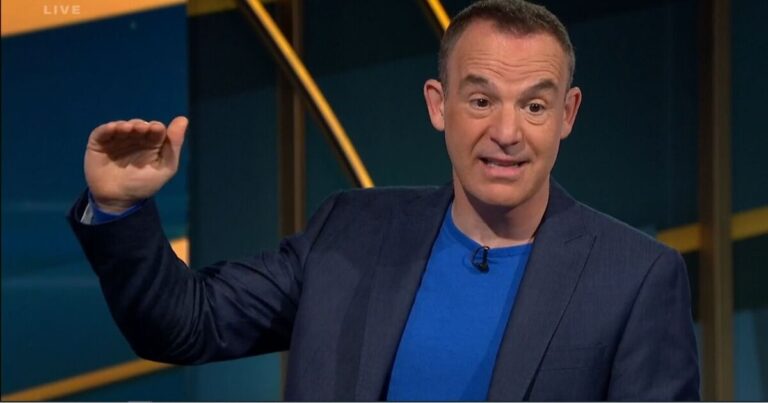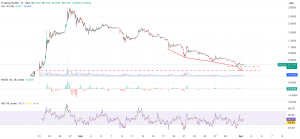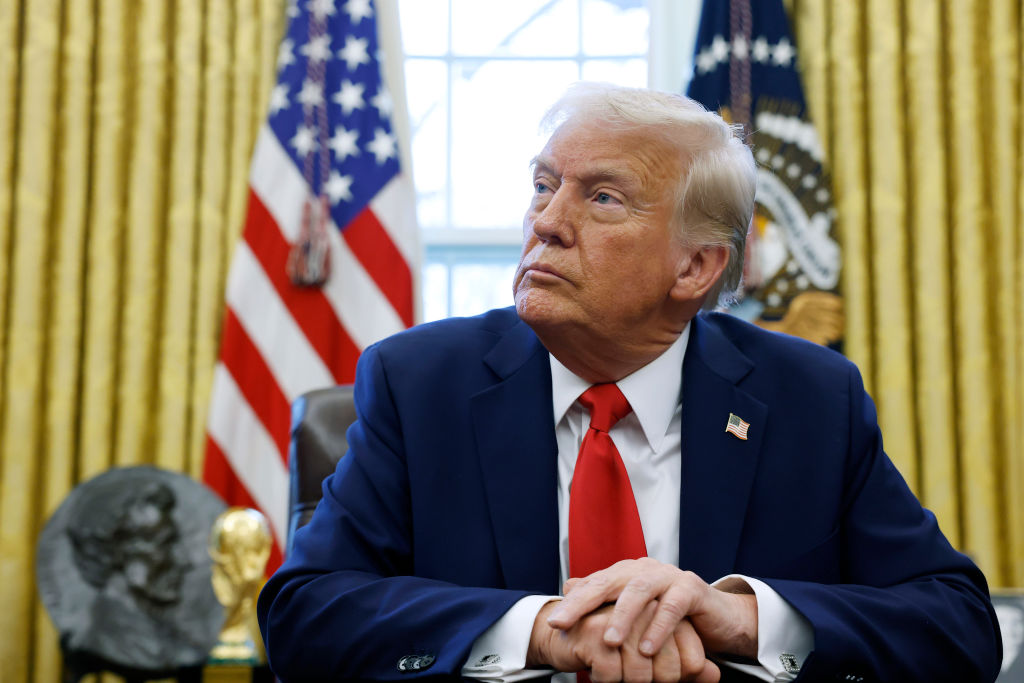
On Thursday afternoon, President Donald Trump signed a memorandum calling for “fair and reciprocal” tariffs on all U.S. trading partners, directing his advisors to begin calculating new tariff levels for even the U.S.’ closest allies.
Trump spoke to reporters from the Oval Office about his decision, saying it was an “amazing day.” When asked if prices would rise as a result of the tariffs, he said that they “could go up somewhat” at first, but then “prices will also go down.”
“They can build a factory here, a plant, or whatever it may be, and that includes the medical, that includes cars, that includes chips and semiconductors, that includes everything,” Trump said. “If you build here, you have no tariffs whatsoever. And I think that’s what’s going to happen. I think our country is going to be flooded with jobs.”
Trump spoke shortly before he is set to meet with India’s Prime Minister Narendra Modi, who is visiting Washington, D.C. Addressing the reporters, Trump said that India is a “hard place to do business” because of their high tariffs. “But again, whatever they charge us, we’re charging them. So it works out very well. It’s a beautiful, simple system, and we don’t have to worry about charging too much or too little,” he said.
When asked if he was worried that India would shift their trade to China, Trump gave a firm answer: “No, I’m not concerned about anything… I’m just doing what’s fair.”
The President later targeted the European Union in his commentary. “We all love Europe, the countries in Europe, but the European Union (E.U.) has been absolutely brutal on trade,” he said, adding that he had wanted to do this in his first term as President, but he waited due to the COVID-19 pandemic. “I have a big heart,” he said.
Trump also argued that the tariffs will help American farmers, who he said were “hated” by the Biden Administration.
The memorandum comes after Trump, in a post shared on his social media platform, Truth Social, on Thursday morning, vowed to issue reciprocal tariffs.
“THREE GREAT WEEKS, PERHAPS THE BEST EVER, BUT TODAY IS THE BIG ONE: RECIPROCAL TARIFFS!!! MAKE AMERICA GREAT AGAIN!!!” the President wrote
Trump has made various hints about his plans to impose such tariffs during his first weeks in the Oval Office.
Reciprocal tariffs refer to tariffs—the taxes charged on imported goods—the U.S. government plans to levy against global trading partners that are equal to the existing tariffs foreign countries have set against American goods.
“Very simply, it’s if they charge us, we charge them,” the President said on Sunday during a flight on Air Force One.
Read More: What Are Tariffs and Why Is Trump In Favor of Them?
The memo is one of a raft of tariffs Trump has issued against even the U.S.’ closest allies. Most recently, he announced a 25% tariff on steel and aluminum imports, in an act that the Administration said would protect national security and “put American workers first.” The tariffs are also a part of a larger tussle happening between the U.S. and its key global partners, most notably China, Mexico, and Canada.
While the number and names of the countries that are set to be affected by the reciprocal tariffs is currently unknown, Trump said on Sunday that they would go into effect “almost immediately” and affect “every country.”
White House Senior Counselor for Trade and Manufacturing, Peter Navarro held a call with reporters on Thursday, according to NBC, where he reportedly said that many countries have a “pernicious, trillion-dollar” trade deficit with the U.S, singling out the European Union’s value-added tax.
Trump argues that such measures will equalize the playing field for the U.S. in regards to global trade. Reciprocal tariffs, a promise the President made on the campaign trail, are also seen as a way to raise revenue for the U.S.
Tariffs used to be the main source of federal revenue for many countries through the late 19th century, according to the Congressional Research Service (CRS), but they are now used as a way to protect domestic industries, or as “negotiating leverage.”
Read More: How Trump’s Tariffs Could Affect U.S. Consumers
In the past few decades, the revenue made from tariffs have only accounted for around 2% of the federal revenue. For the fiscal year 2024, for instance, $77 billion was collected in tariffs, which makes up approximately 1.57% of the total federal revenue.
Some 70% of goods currently enter the U.S. duty free, though that is set to change under Trump, who was also critical of low tariffs during his first Administration. During a previous round of World Trade Organization negotiations, the U.S. was unable to convince China, India, and Brazil to lower their tariff rates, per CRS. Some of those countries are expected to be the most affected by reciprocal tariffs this time around.





